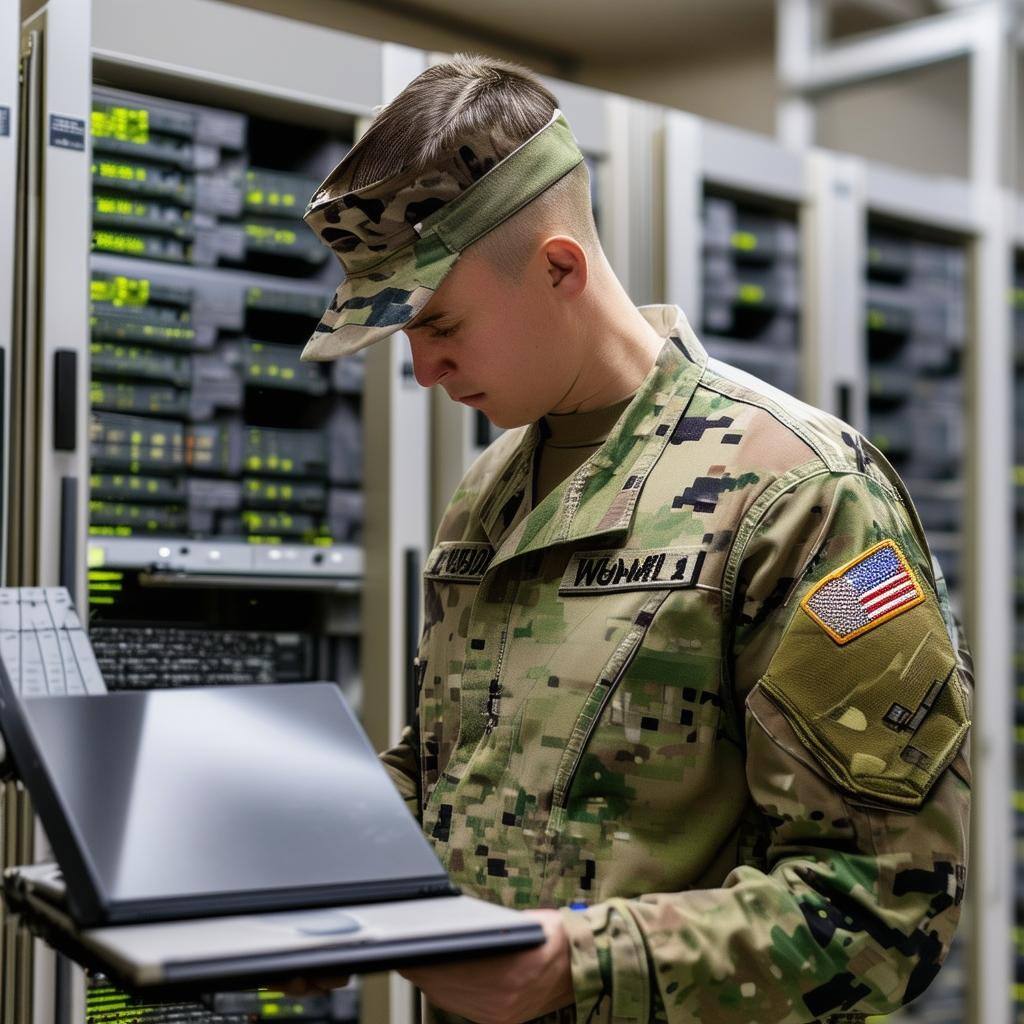When the Federal Information Security Management Act (FISMA) became law in December 2002, the National Institute of Standards and Technology (NIST) created comprehensive Federal Information Processing Standards (FIPS) that set forth cybersecurity requirements for federal agencies. The FIPS that were mandated by FISMA are a series of standards, one of which, FIPS 140-2, which covers cryptography.
We will take a closer look at FIPS 140-2 and implications for federal agencies to achieve FIPS compliance and FIPS certification in their encryption modules.
What is FIPS 140-2?
FIPS 140-2 is a multi-level standard for cryptographic modules, created by NIST as tasked by FISMA. Cryptographic modules are the combination of hardware, firmware, and software that carry out cryptographic algorithms and operations used to encrypt and data, protecting them from unauthorized access and use.
According to the NIST Computer Security Resource Center (CSRC), FIPS 140-2 covers:
“The secure design and implementation of a cryptographic module, include specification; ports and interfaces; roles, services, and authentication; finite state model; physical security; operational environment; cryptographic key management; electromagnetic interference/electromagnetic compatibility (EMI/EMC); self-tests; design assurance; and mitigation of other attacks.”
What does FIPS 140-2 require of federal agencies to be in compliance with FISMA?
The FISMA goal of improving information security throughout the federal government is highly dependent on effective encryption and decryption of data. Maintaining the confidentiality and integrity of data, along with verified identity of those who access it, is vital to the missions of many federal agencies and the sensitive information they handle.
To ensure that their cryptographic modules are secure, robust and can protect information against a multiplicity of evolving threats, FIPS 140-2 requires all federal agencies to:
-
Use cryptographic modules that have been tested and validates to the standards set by the framework. FIPs certified modules meet specific security requirements for protecting information.
-
Use cryptographic algorithms in FIPS compliance, such as Advanced Encryption Standard), Rivest-Shamir-Adleman, and Secure Hash Algorithm, to protect federal data.
-
Comply with the appropriate security level specified by FIPS 140-2, depending on the sensitivity of the data involved and the environment in which it will be used. In other words, the security level must match the use case and potential threats.
-
Use both physical and logical security measures and controls. Physical measures can include seals tamper-evident mechanisms. Logical measures include identity-based way to authenticate identities.
-
Use cryptographic modules that sense when someone is tampering with a system or device and responds accordingly. In situations when information is highly sensitive it can erase the information or disable functions.
-
In the event of an incident, federal agencies must initiative incident reporting protocols that typically involve vendors and the FIPS 140-2 certification body.
-
Ensure that the cryptographic modules they use are interoperable with other agencies and integrate with existing cybersecurity frameworks.
What are the four security levels of FIPS 140-2?
Because the kind of information federal agencies deal with vary in degrees of sensitivity and secrecy, FIPS 140-2 sets out four security levels, that start out as basic and escalate to protect the most confidential data. The NIST Security Requirements for Cryptographic Modules provides the details for each of these levels:
Level 1: Basic low-level security
The cryptographic model must use at least one FIPS compliant and FIPS certified algorithm, plus ensure the module does not incorporate known vulnerabilities. IC cards and PC encryption boards are example Level 1 compliant cryptographic modules. Physical security mechanisms are not mandated at this level.
Level 2: Role-based authentication with physical security
This level builds on the security of the first level by requiring a user assume a specific role and then perform a set of services in order to authenticate their identity. This level also requires that physical security features that indicate when a device o has been tampered with. Devices may be locked, seals that must be broken to gain access.
Level 3: Enhanced physical security and authentication
Instead of tamper evident mechanisms, this level calls for tamper-resistance. The goal is to prevent access to the modules critical security parameter. Should the mechanism be breached, the data is zeroized. In addition to the role-based authentication of level 2, this level adds identity-based authentication. Access is only granted when identity is verified.
Level 4: Highest security
High tech security parameters that are not generally available off the shelf protect the most sensitive data. Cryptographic modules are enveloped in protection against physical access. With any level of tampering, security parameters are automatically deleted. Advanced level 3 systems can detect fluctuations in voltage or temperature that attacker might use to get around the modules defenses.
FIPS 140-2 validation process for federal systems
The process to validate a federal system to ensure FIPS compliance is detailed and demanding. Given what is at stake, it is vital that cryptographic modules meet FIPS 140-2 security requirements at the appropriate level given the use case and threat level. Here is an overview of the steps involved:
- Cryptographic module design: The combination of hardware, software, and firmware must be tested and certified as FIPS compliant.
- Detailed documentation: The cryptographic module vendor document design specifications, security policies, and test plans. They must also create a user manual.
- Engage an accredited laboratory: Your vendor will select a laboratory that will conduct validation tests. Labs are accredited under the Cryptographic Module Validation Program (CMVP)
- Submit module and documentation: Your vendor will submit the module for testing along with all documentation.
- Laboratory testing: The lab will put the module through a series of tests to see how well it performs against FIPS standards. At this point the lab will also review the documentation to ensure it is complete, correct and effective.
- Results submitted to CMVP: The lab will submit its findings to the CMVP for review and assessment to ensure it meets FIPS requirements.
- Validation: If the CMVP finds the cryptographic module is FIPS compliant, it will grant it a FIPS 140-2 validation that certifies that the module meets FIPS standards for security. Once it is certified for FIPS compliance, issued a unique certificate number, and is thus approved for use by federal agencies.
After a cryptographic model gets a FIPS certification, you and your vendor must maintain compliance throughout its lifecycle. Any updates and modifications must be submitted for review and revalidation. From time to time, the CMVP may review validated modules for continued FIPS compliance.
Future of FIPS 140-2 and Evolving Standards
The evolving nature of cryptography and of potential threats has lead to an evolution of FIPS 140-2. It is being replaced by FIPS 140-3, first published in March 2019. The transition to FIPS 140-3 reflects significant advancements in cryptographic technology and also keeps the framework in alignment with international standards.
The move to FIPS 140-3 is proceeding in phases. FIPS 140-2 certifications remain valid, and vendors can still get new modules approved under 140-2 validation. Federal agencies and their vendors should be actively adopting FIPS 140-3. While NIST has not announced a timetable for completing the transition from FIPS 140-2 to FIPS 140-3, being ready will put you ahead of the curve for the continuity of your operations and for enhanced security.


.png)









